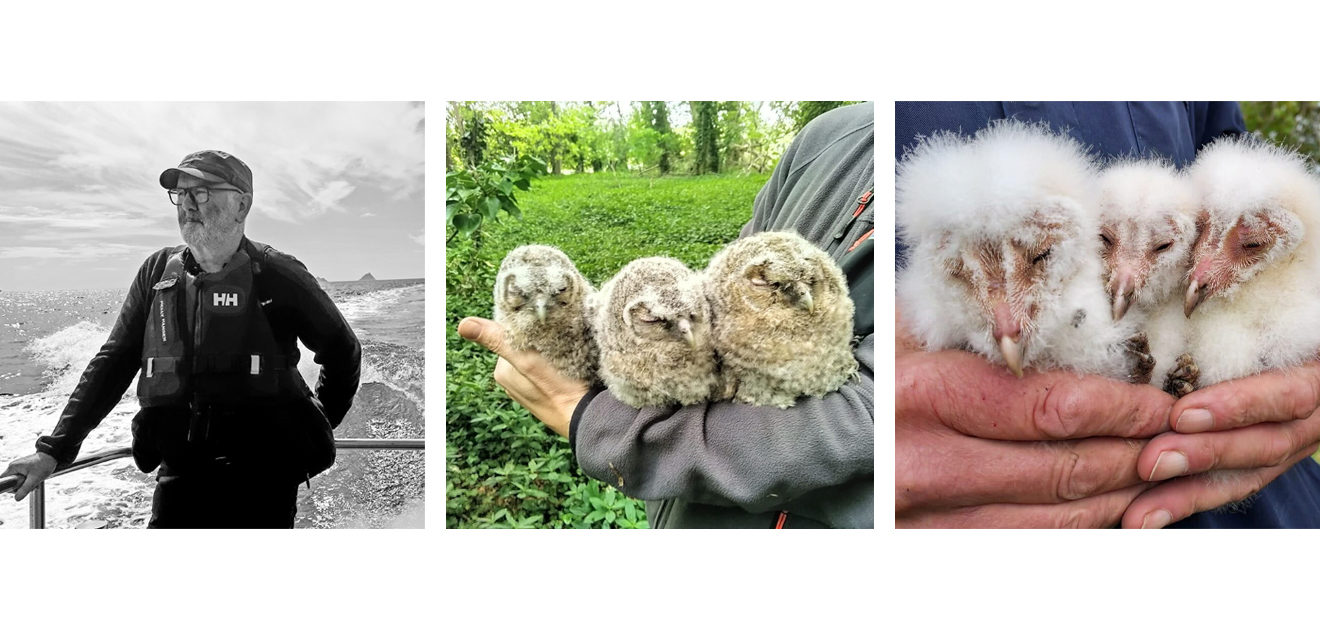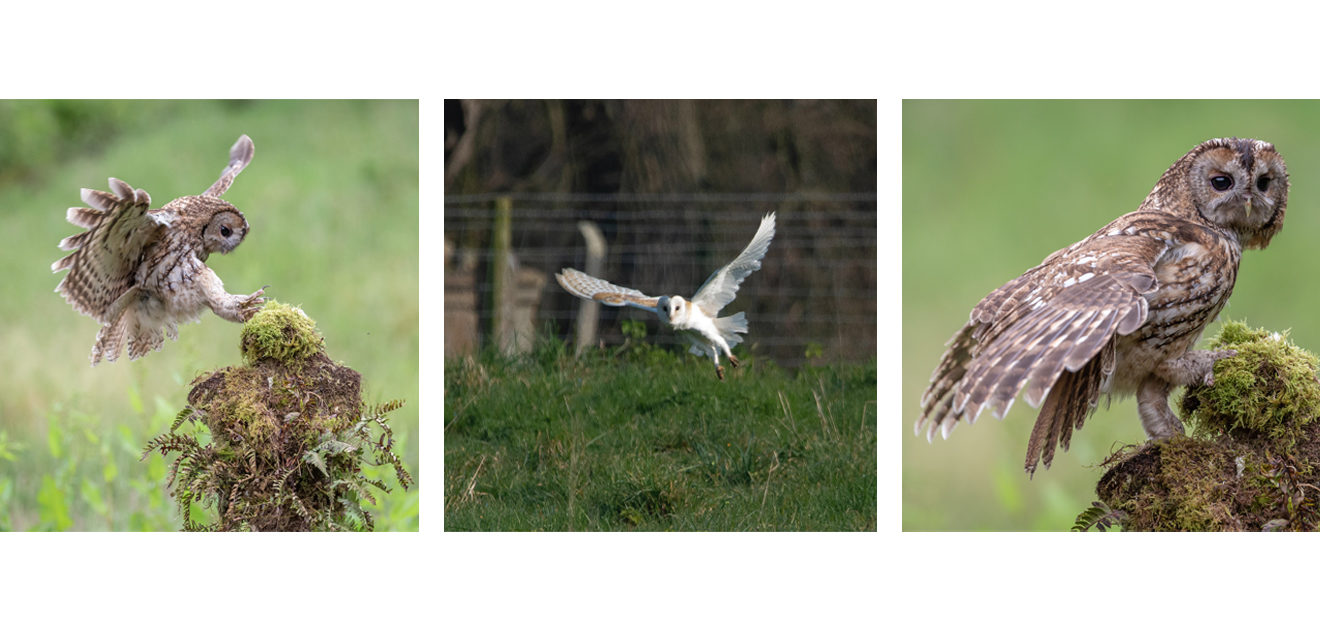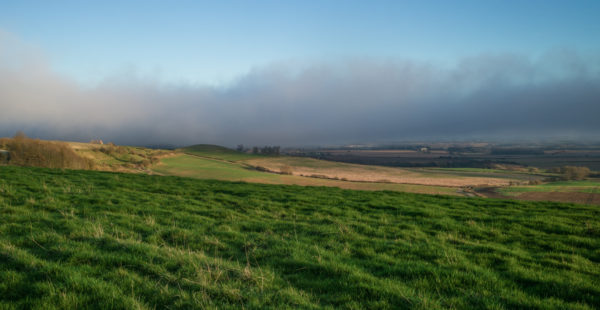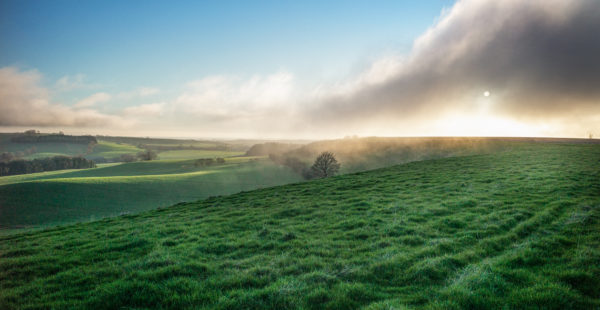A Week on the Estate: Winter Lingers, Owl Insights & Expert Ringing
Meteorological spring is here and the Royal Horticultural Society is predicting an abundance of blossom. A hot summer followed by a winter that remained cold all the way through February – and looks set to linger well into March at the time of writing – has promoted bud formation while mitigating frost damage due to early flowering. It might also be a bumper year for fruiting trees.
Still, we’re not packing away our thermals just yet. This time five years ago, we endured Anticyclone Hartmut, a.k.a., the Beast from the East. Keep an eye on the forecast, whatever you’re doing.
Never daunted by a bit of weather, Colin has been working his magic in the Walled Garden. He’s planted apple trees along the south-facing wall. In time, they’ll be trained up the brickwork and will give us plenty of fruit, blossom and greenery.
Speaking of new life, as stewards of the countryside with a commitment to boosting biodiversity, we’re looking forward to finding out how many new tenants will be gracing our owl boxes later this season. To find out more about our local apex predators, we caught up with one of the team responsible for monitoring and ringing our tawnies and barnies, Jim Lennon.
“Bird-ringing is my big passion,” said Jim. “I went through a period of stress some years ago and my wife said I needed a hobby. I went birdwatching with a friend who was part of a community of bird-ringers. I got involved and it’s become my big passion. I get a real buzz from handling birds, not least because it helps science and wildlife.
“I’ve ringed seabirds as far afield as the Shiant Isles and Skye and I’ve worked with students at Nottingham Trent University. I worked in the conservation sector for a while, including a spell as Farmland Bird Advisor for the RSPB at the Isle of Axholme. I bring wide knowledge to ringing.
“I work with Adrian Blackburn whose uncle was a tenant of South Ormsby Estate. We bumped into Jon Thornes at Harrington on a walk and got talking. The result: owl boxes! I’ve been coming to the Estate for around four years now and I find the approach to regenerative farming and mob grazing very interesting.
“Over time, South Ormsby Estate has benefitted from benign neglect. There are good, old trees and natural boundaries that have been left alone to flourish. These features are good for species like grey partridge and yellowhammer. I like the Estate’s approach, particularly the way the community is involved.







